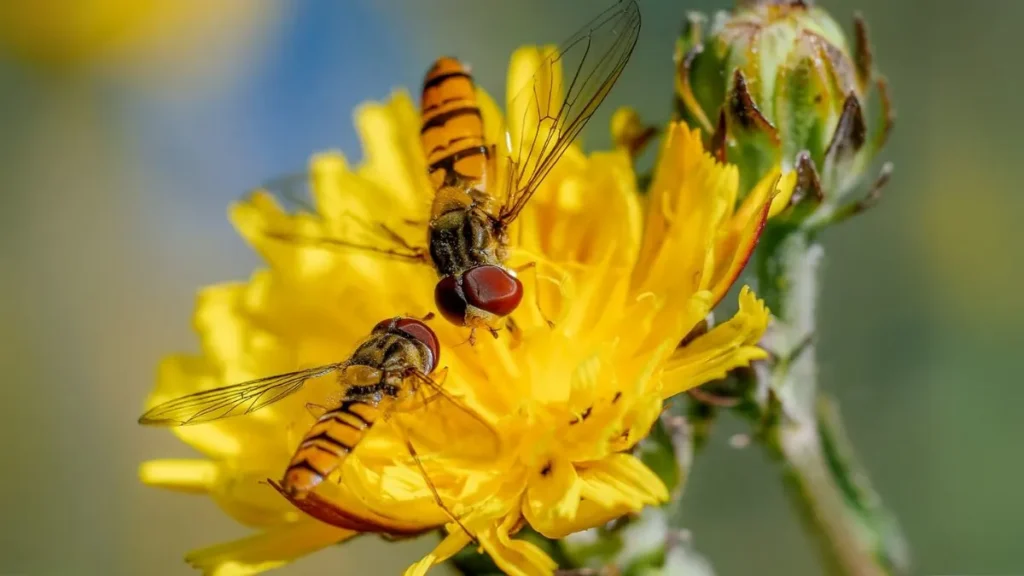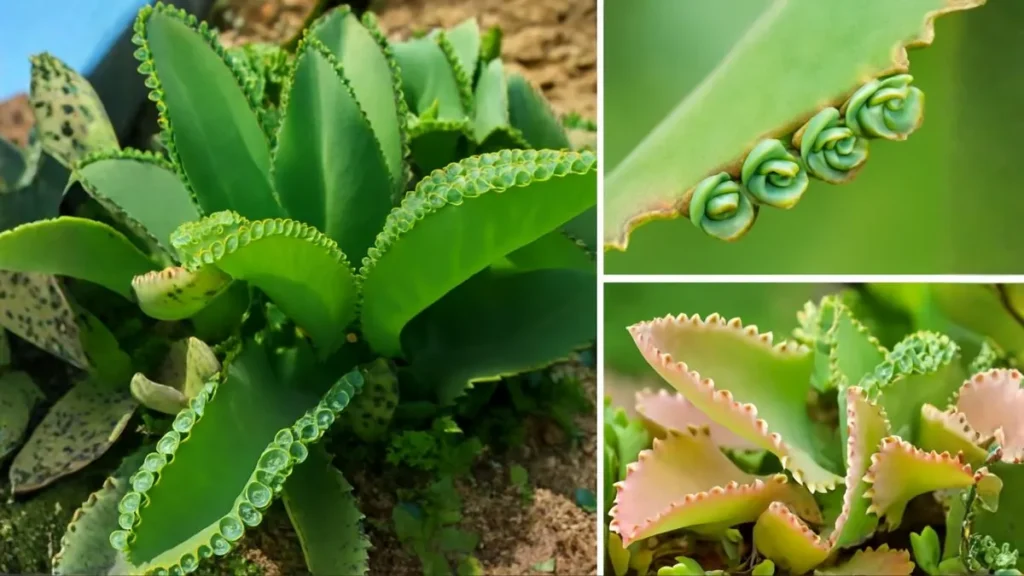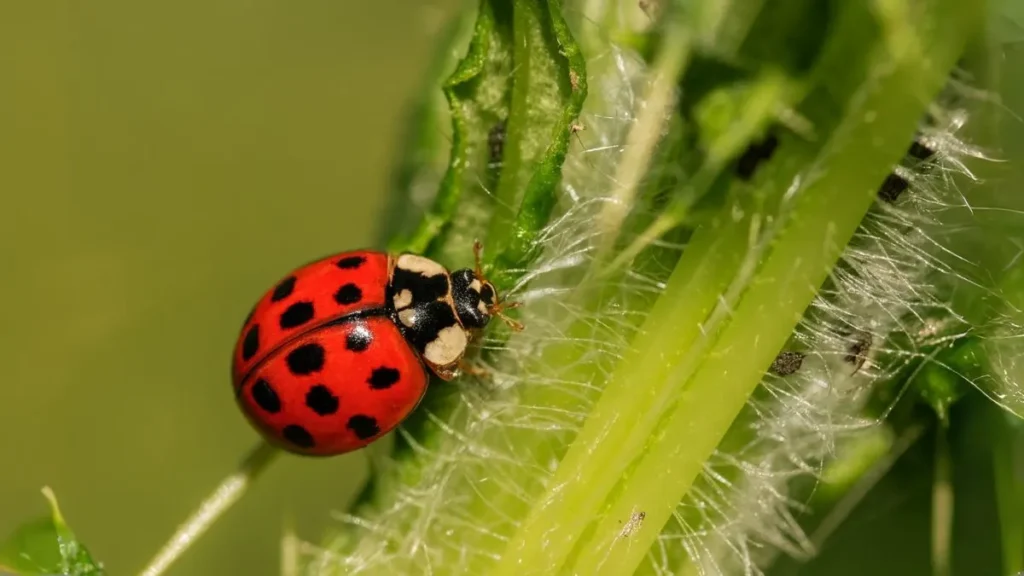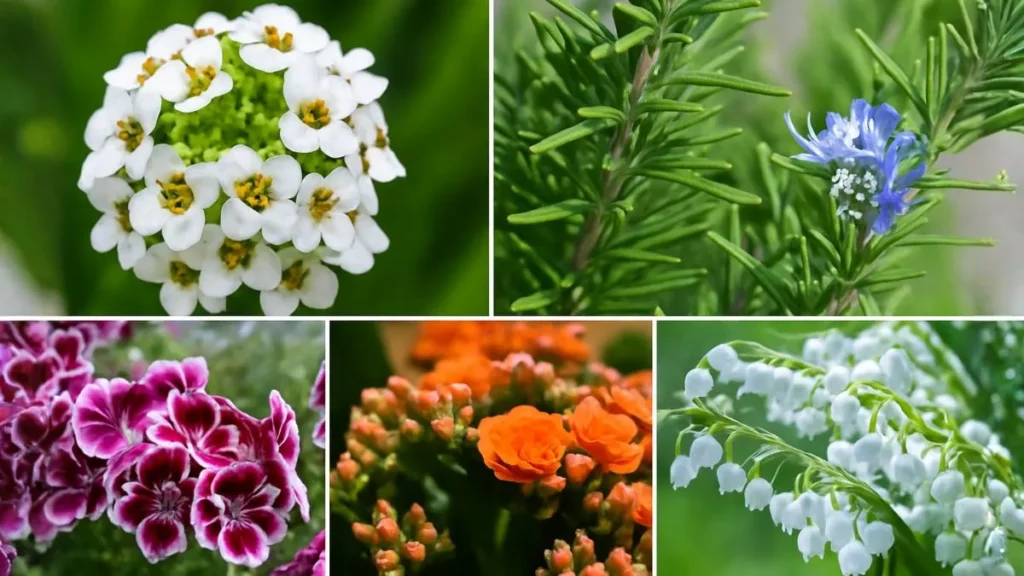For years, I thought marigolds were just there to add color to the garden. Their golden and orange blooms brought cheer, but I didn’t realize how powerful they could be when planted next to vegetables. Once I began interplanting them, I noticed fewer pests, healthier crops, and even better yields. It turns out these humble flowers are nature’s multitaskers.
Let’s explore the surprising results of planting marigolds between your vegetables—from pest control to soil health and everything in between.
-
Natural Pest Deterrent
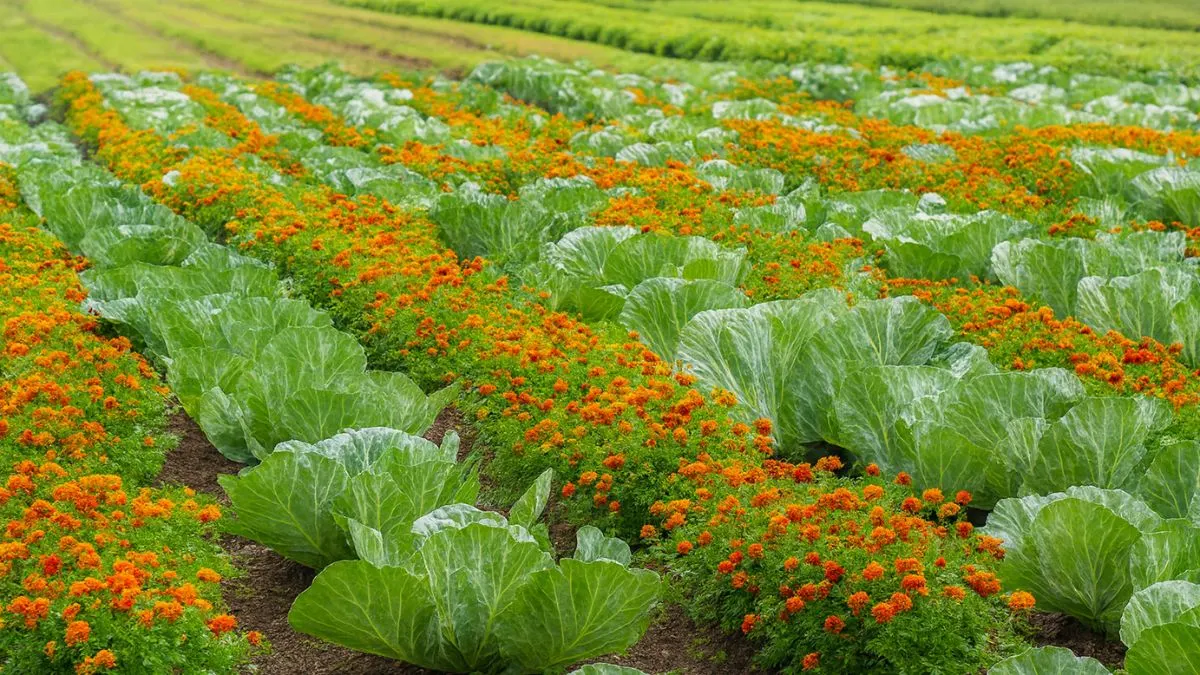
One of the biggest advantages of marigolds is their ability to deter various pests like nematodes, aphids, and whiteflies. Their roots release chemicals that repel soil-dwelling pests, while their strong scent discourages bugs from settling on your vegetables.
They also protect plants from deer and rabbits with their strong scent, which acts as a natural barrier. I’ve personally seen rabbits avoid an entire row of lettuce simply because marigolds lined the bed.
-
The Power of Trap Plants
Gardeners often say marigolds ‘trap’ certain pests, meaning they lure insects away from more valuable crops. Instead of munching on your tomatoes or beans, harmful bugs settle on marigold flowers. This strategy not only saves your vegetables but also reduces the need for chemical sprays.
-
Attracting Beneficial Insects
While marigolds repel destructive pests, they also attract beneficial insects and pollinators such as ladybugs and bees to enhance your garden’s health and productivity. Ladybugs devour aphids, and bees ensure proper pollination for cucumbers, zucchinis, and squash.
By planting these flowers, you’re essentially building a balanced ecosystem where good bugs thrive and harmful ones are kept in check.
Also Read: Top Vegetables That Thrive in Shade
-
Marigolds and Soil Health
Beyond pest control, marigolds contribute significantly to soil health. Their roots help suppress harmful nematodes that can damage vegetable crops. When the plants decompose, they enrich the soil with organic matter, improving fertility and texture.
In my raised beds, interplanting marigolds made the soil crumbly and rich, something every gardener dreams of.
-
Companion Planting at Its Best
The practice of interplanting plants like marigolds with vegetables is one of the simplest yet most effective gardening strategies. Place marigolds between rows of tomatoes, peppers, beans, or cucumbers, and you’ll notice how the surrounding crops stay healthier.
They work especially well near:
- Tomatoes (repel nematodes)
- Beans (ward off beetles)
- Peppers (reduce aphids and whiteflies)
Benefits of Marigolds in the Vegetable Garden
Benefit |
How It Works |
Pest Control |
Deters various pests like nematodes, aphids, and whiteflies |
Protection |
Protects plants from deer and rabbits with their strong scent |
Pollination |
Attracts beneficial insects and pollinators such as ladybugs and bees |
Soil Health |
Marigolds contribute significantly to soil health by suppressing nematodes |
Trap Crops |
They ‘trap’ certain pests, keeping them away from vegetables |
-
Do Marigolds Really Improve Yields?
Many gardeners wonder if flowers can directly boost harvests. The answer is yes. With fewer pests, healthier soil, and better pollination, your vegetables naturally grow stronger and produce more. While results vary, I’ve seen my tomato plants give 20–30% more fruit when surrounded by marigolds.
Also Read: The Secret to Growing Strawberries at Home
-
A Low-Maintenance Garden Ally
The best part? Marigolds are incredibly easy to grow. They tolerate heat, poor soil, and inconsistent watering. Once established, they ask for little but give a lot back in return.
In Canada and the USA, they thrive in summer gardens, making them perfect companions for common vegetables like corn, beans, squash, and cucumbers.
Planting marigolds isn’t just about adding beauty. It’s about creating a healthier, more productive, and pest-resistant garden. They:
- Deter pests like nematodes, aphids, and whiteflies
- Protect vegetables from deer and rabbits
- Attract beneficial insects and pollinators such as ladybugs and bees
- Contribute to soil health
- Trap certain pests
So the next time you’re setting up your garden, don’t just think of marigolds as decoration. Think of them as hardworking protectors, allies, and soil boosters.
👉 Try interplanting plants like marigolds with vegetables this season—you’ll be amazed at the results.

